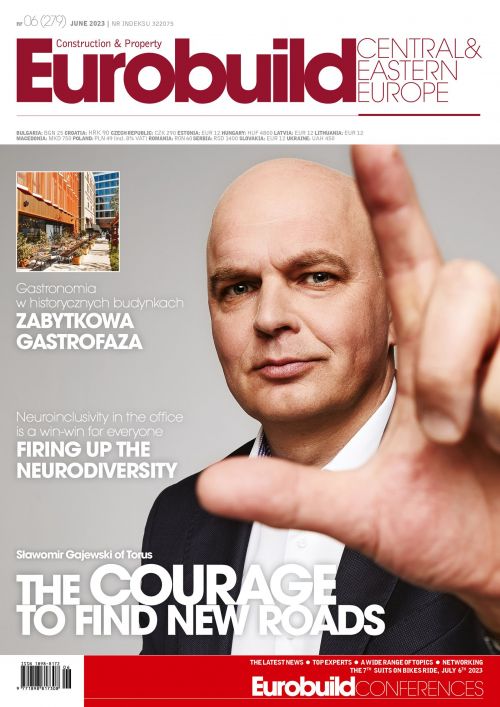There has been little joy on the office market across Poland over the last two years. Has the situation been any different in the TriCity?
Mariusz Wiśniewski, senior director, transaction and advisory services, CBRE Poland: It definitely has. We have also had some acute problems with financing and reduced interest from investment funds. It also should be remembered that the TriCity is a relatively young market, which is more sensitive to economic changes. The TriCity market really got going in 2011, when the supply gained enough critical mass to attract large tenants, and for almost a decade the supply and demand remained remarkably in balance, as could be seen in the stable rents that were mainly determined by inflation and a healthy vacancy rate of no more than 10 pct (today it’s around 13 pct).
Has such stability been good for consultancies and their departments?
It’s definitely been good for us. Over the last twelve years, CBRE has taken on average a 50 pct share































































